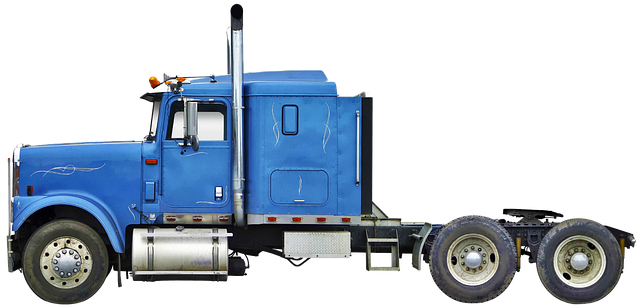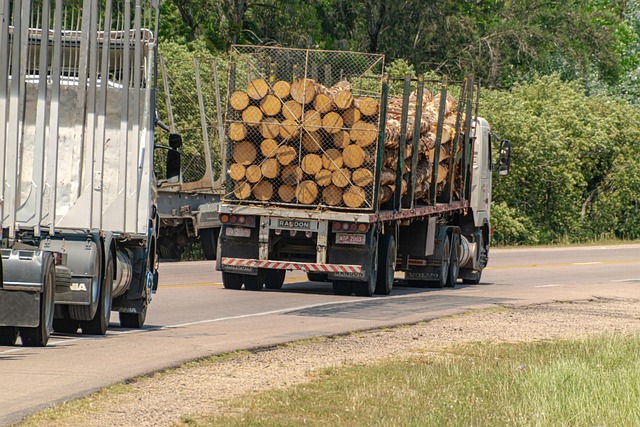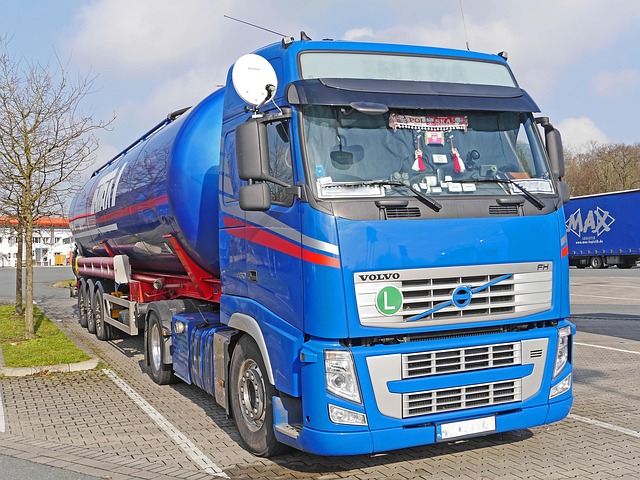Register Car in California: Step-by-Step with VIN Verifier
Looking to register your car in California? This comprehensive guide walks you through the entire process, ensuring a smooth experience. From understanding crucial requirements for car registration in…….

Looking to register your car in California? This comprehensive guide walks you through the entire process, ensuring a smooth experience. From understanding crucial requirements for car registration in the Golden State to gathering necessary documents and verifying your vehicle’s VIN, we cover it all. Learn how to complete the registration either online or in-person, and finalize with confidence.
- Understand Requirements for Car Registration in California
- Gather Necessary Documents for Car Registration
- Check Vehicle Eligibility and Title Status
- Complete Online or In-Person Registration Process
- Verify VIN and Finalize Car Registration
Understand Requirements for Car Registration in California

Before diving into the registration process, it’s crucial to understand the requirements for car registration in California. The state mandates that all vehicles operated on its roads be properly registered and have a current safety inspection. A key component of this is verifying the Vehicle Identification Number (VIN). In California, this typically involves a mobile VIN verification or inspection, where a designated official checks the vehicle’s VIN against the manufacturer’s records to ensure it matches the reported information.
The VIN, located on a plate inside the vehicle, is a unique code that identifies specific details about the car, such as its make, model, and year. Using a mobile VIN verifier, or even a simple online tool, allows for quick cross-referencing with state databases to confirm the vehicle’s identity and ensure it complies with all legal standards before registration can be approved.
Gather Necessary Documents for Car Registration

Before you begin the registration process for your car in California, it’s crucial to gather all the necessary documents. This includes your vehicle’s Registration Application (Form DVF-15), which can be obtained from the California Department of Motor Vehicles (DMV) website or at any DMV field office. Additionally, you’ll need proof of insurance, a valid driver’s license, and proof of identification such as a state-issued ID card or passport.
For vehicles over 10 years old, a safety inspection is required, which can be completed through a certified inspection station or, in some cases, a mobile vin verification service. This involves a thorough check of your car’s lights, brakes, tires, and other critical components to ensure they meet safety standards. Some services even offer a mobile vin inspection for added convenience, allowing you to get the necessary checks done without having to visit a station.
Check Vehicle Eligibility and Title Status

Before you begin the registration process, it’s crucial to ensure your vehicle meets California’s eligibility criteria. The state requires that vehicles be in good standing with regard to their title and safety standards. Start by checking if your car has a clear title using a reliable VIN verifier (Vehicle Identification Number). This step is essential as California allows registration only for vehicles with a valid, unencumbered title.
Additionally, verify that your vehicle is eligible for registration through a mobile VIN verification or mobile VIN inspection. These services, often provided by specialized apps, can help you confirm if there are any outstanding issues or recalls associated with your car’s unique VIN, further ensuring compliance with California’s regulations before proceeding to the registration stage.
Complete Online or In-Person Registration Process

In California, registering a car involves either completing the process online or in-person at a DMV office. Both options have their advantages, allowing owners to choose the most convenient method for them. If opting for an online registration, using a reliable VIN verifier is essential to ensure all vehicle details are accurate and match the data in the manufacturer’s records. This step safeguards against potential issues that could delay or even prevent registration.
For those preferring an in-person approach, visiting a DMV office is still a viable option. During this visit, you’ll need to present valid identification, proof of insurance, and emissions test results (if applicable). A mobile VIN verifier or mobile vin inspection can be particularly useful here, as it streamlines the process by allowing for quick verifications of your vehicle’s history and details right at the DMV, minimizing waiting times.
Verify VIN and Finalize Car Registration

Before you can register your car in California, it’s crucial to verify the Vehicle Identification Number (VIN). This unique 17-character code is a key component in ensuring the accuracy of your vehicle’s registration. Use a reliable vin verifier to check its validity and history, which includes details about the make, model, year, and potential recall issues. A quick mobile vin inspection can provide this information, making it easy to ensure you’re starting the registration process with a valid and safe vehicle.
Once you’ve confirmed the VIN’s authenticity, you can finalize your car’s registration with the California Department of Motor Vehicles (DMV). This involves submitting the necessary paperwork, including proof of insurance, owner’s identification, and potentially additional fees. Ensure all details are accurate to avoid delays or complications down the line.
Registering a car in California involves understanding key requirements, gathering essential documents, checking vehicle eligibility, and completing the registration process online or in person. Don’t forget to verify your Vehicle Identification Number (VIN) using a reliable VIN verifier to ensure everything is in order. By following these steps diligently, you’ll have successfully registered your vehicle and can hit the road with confidence.







